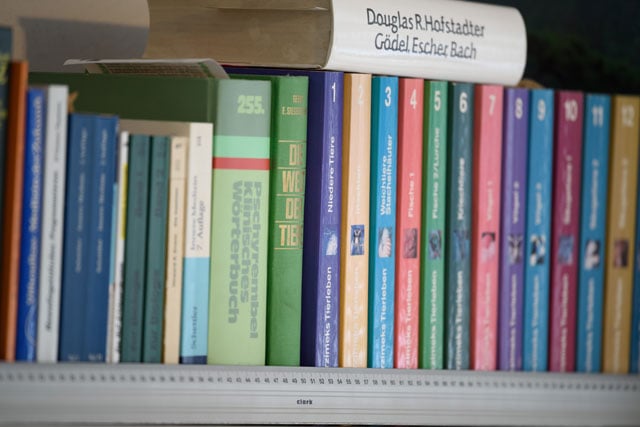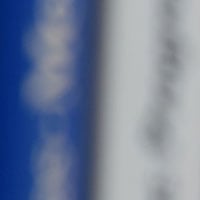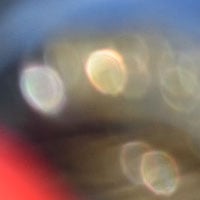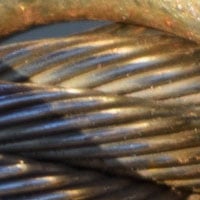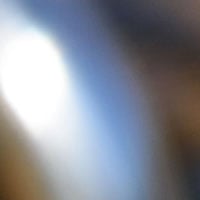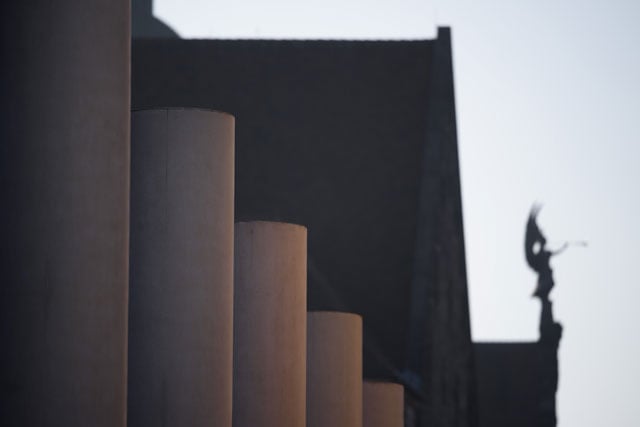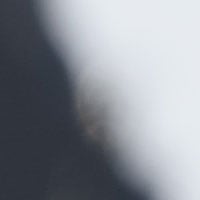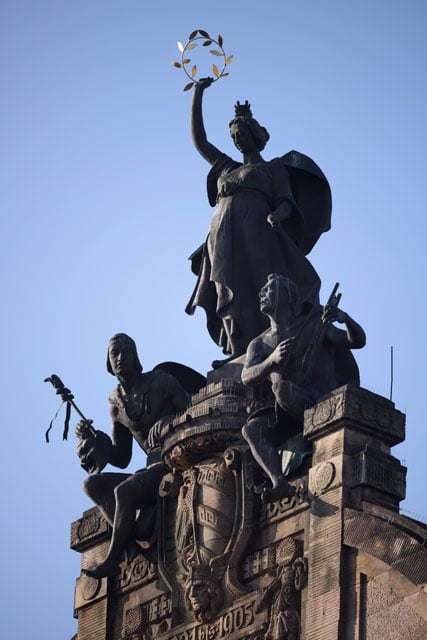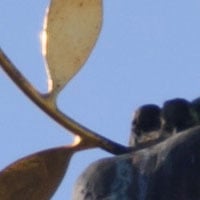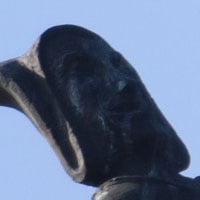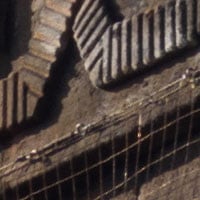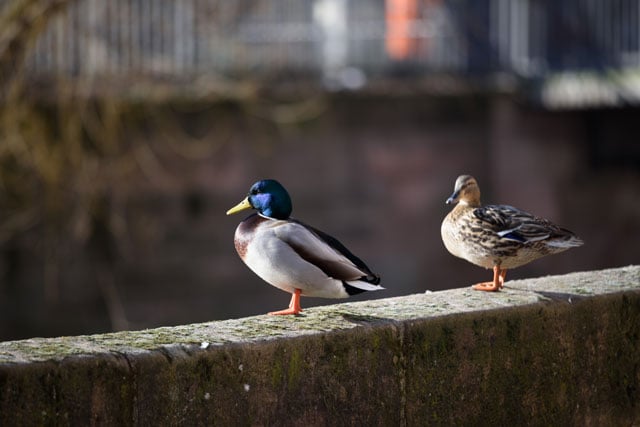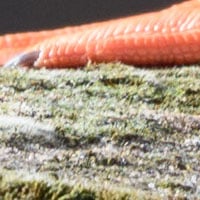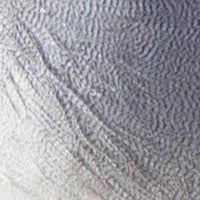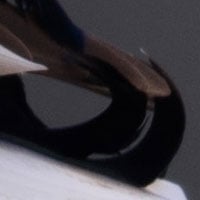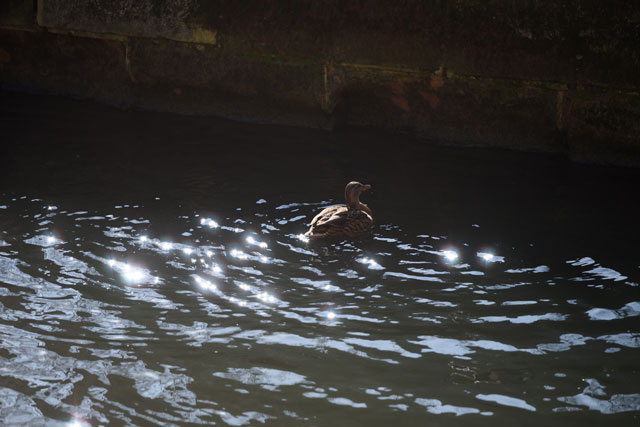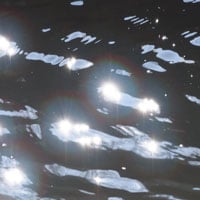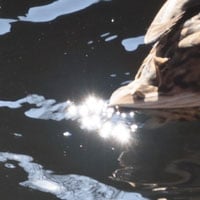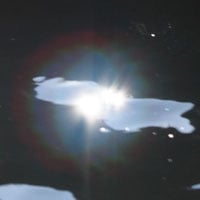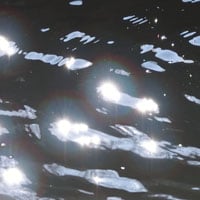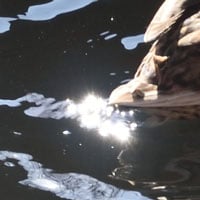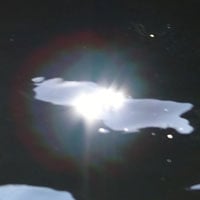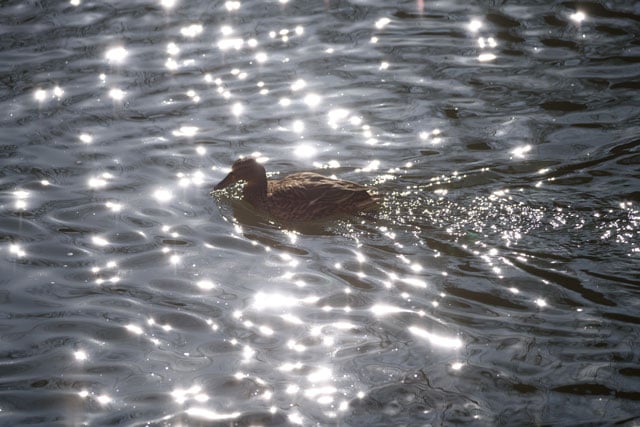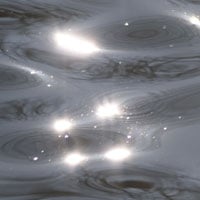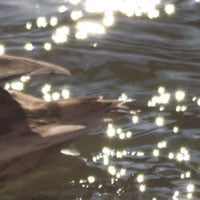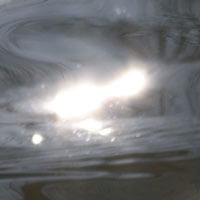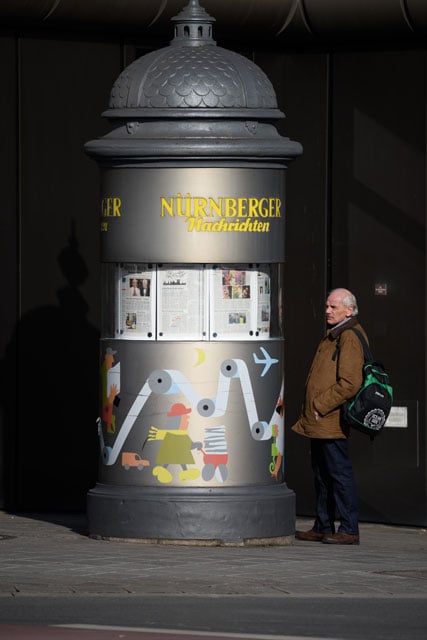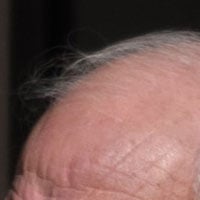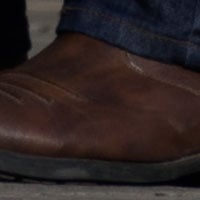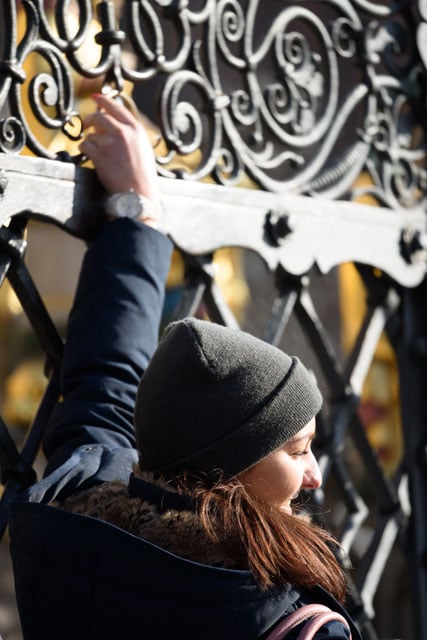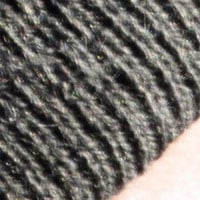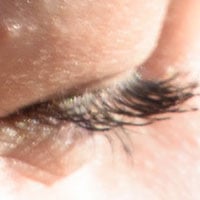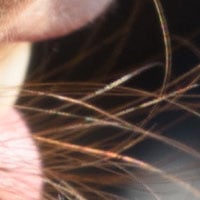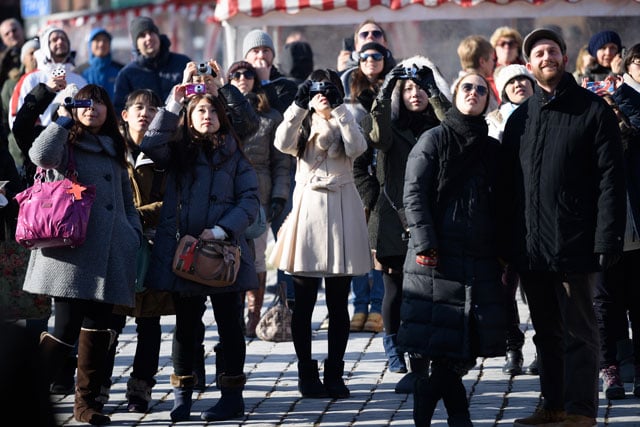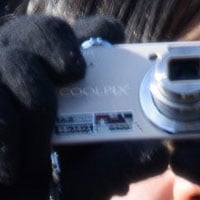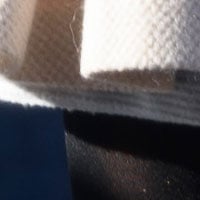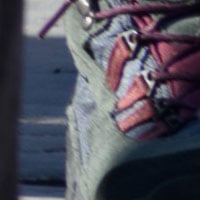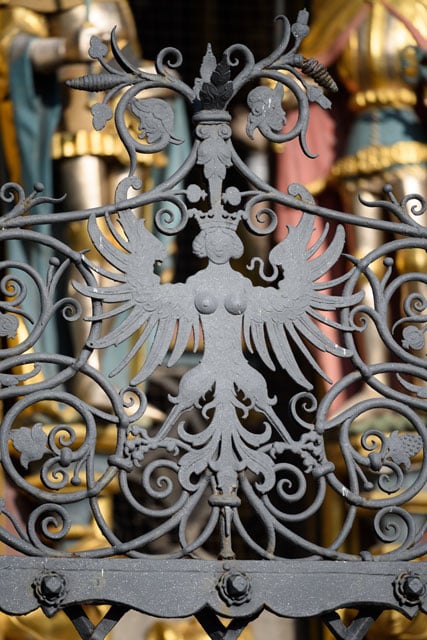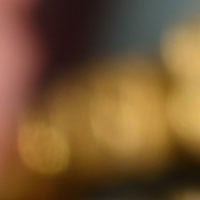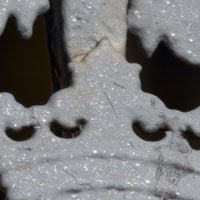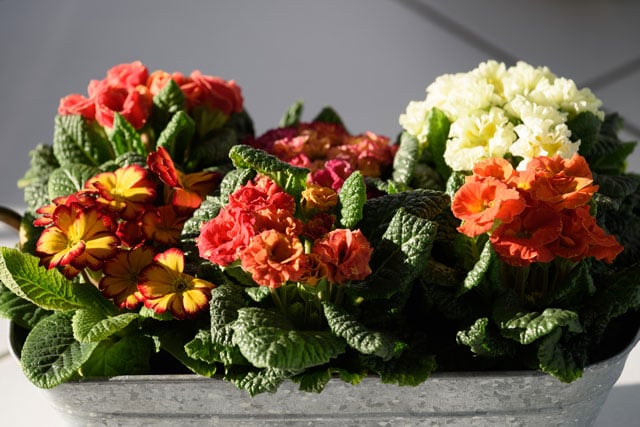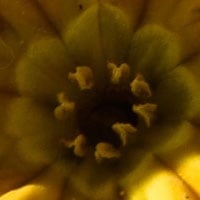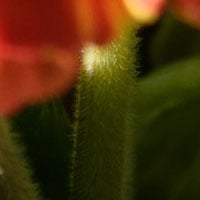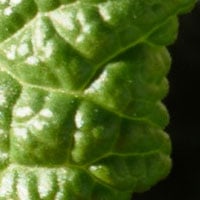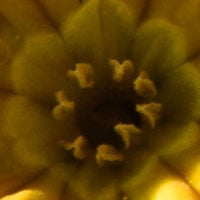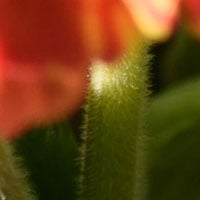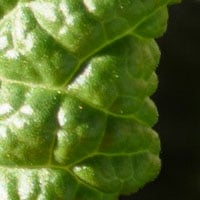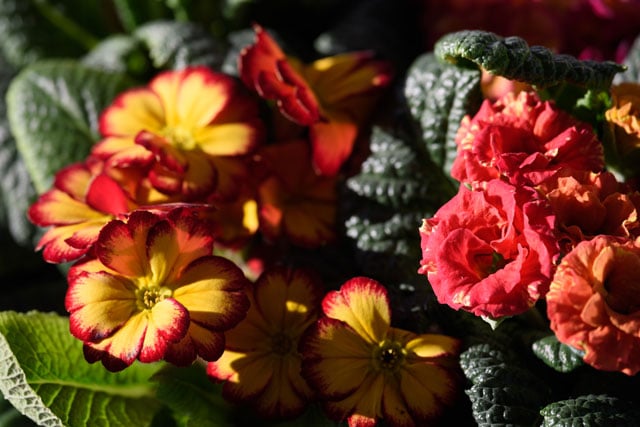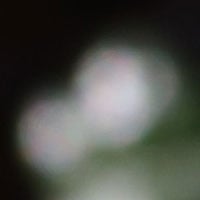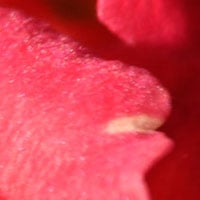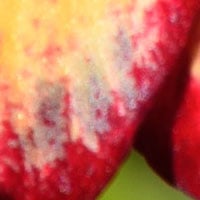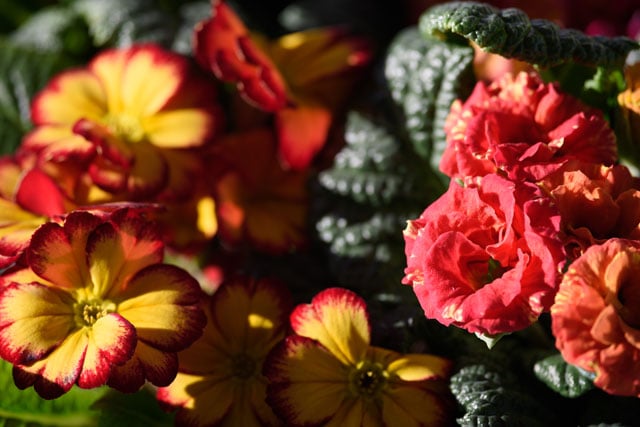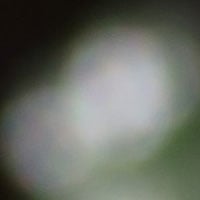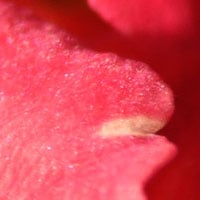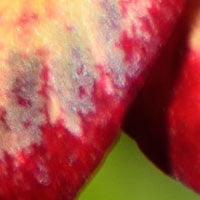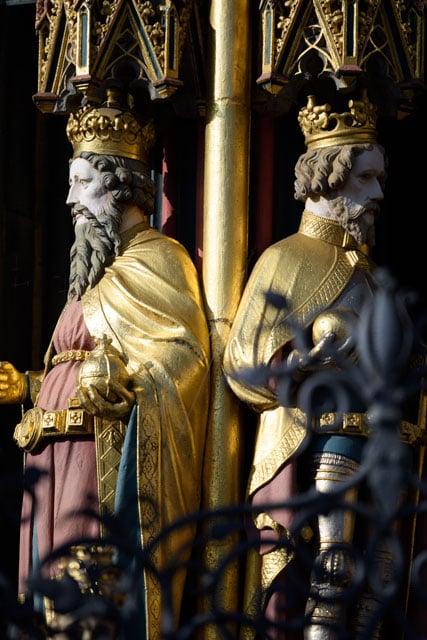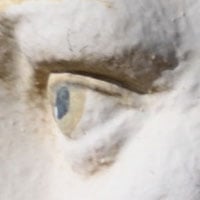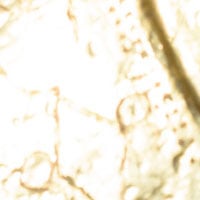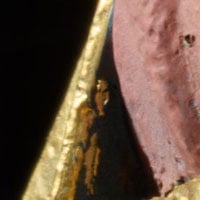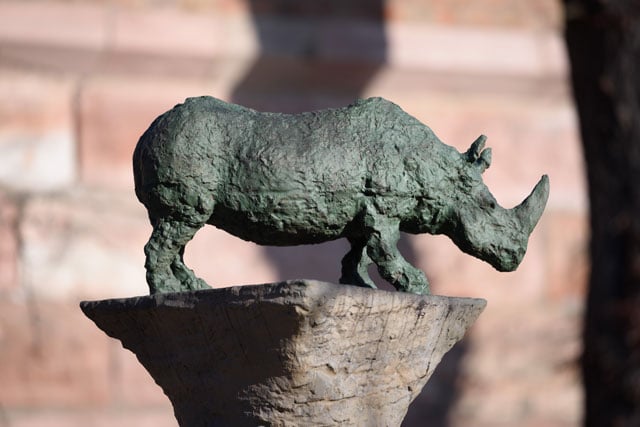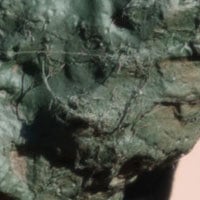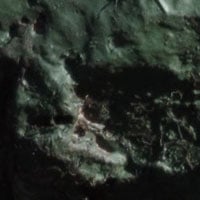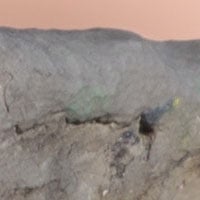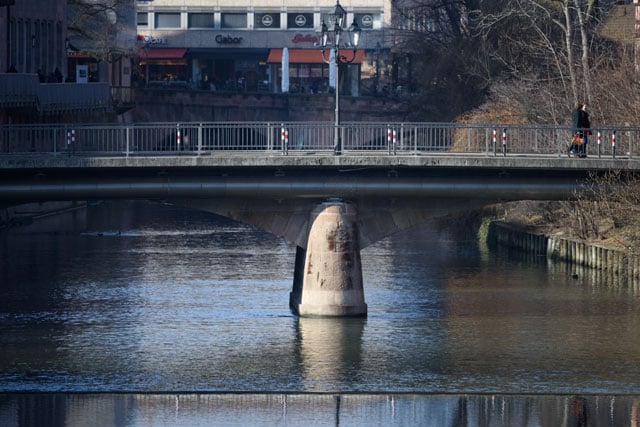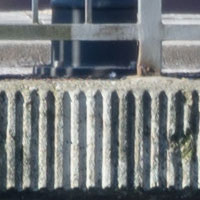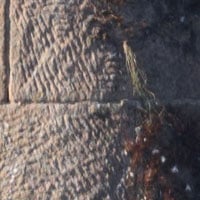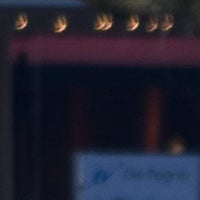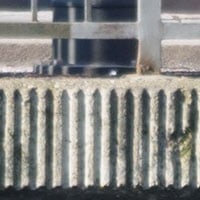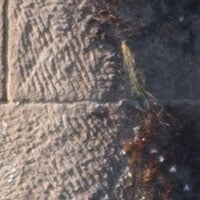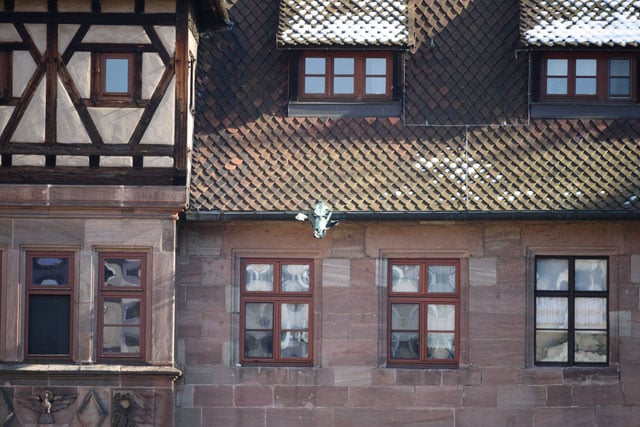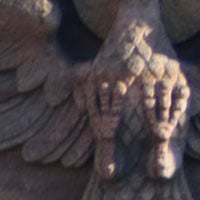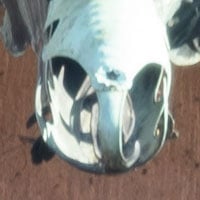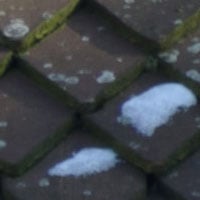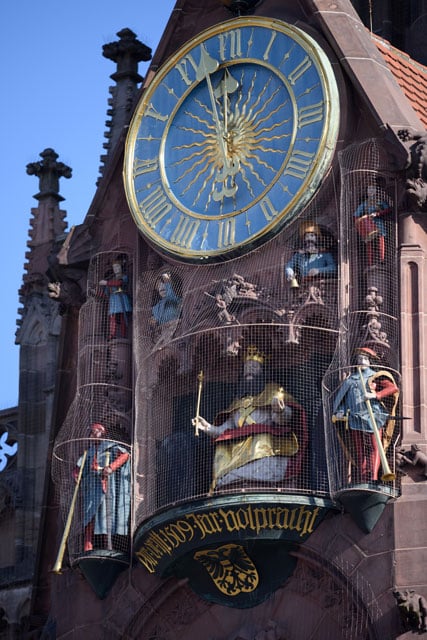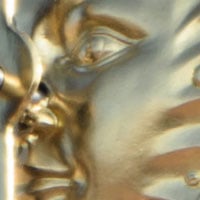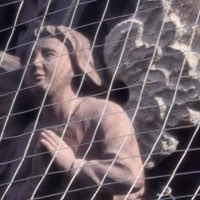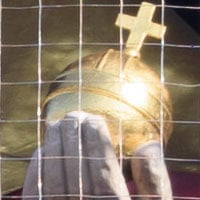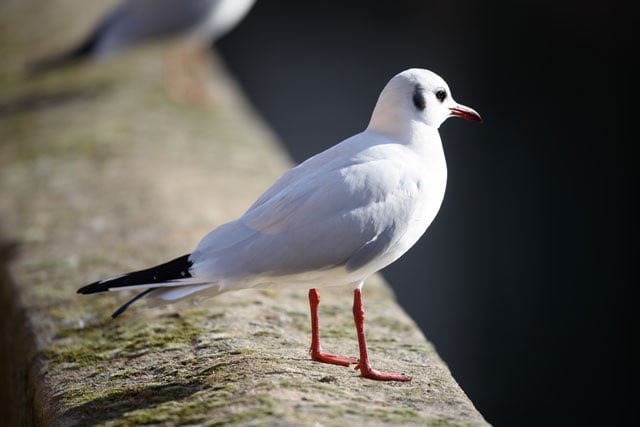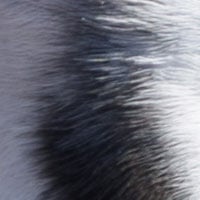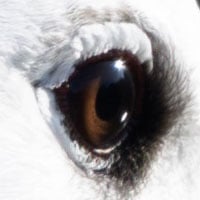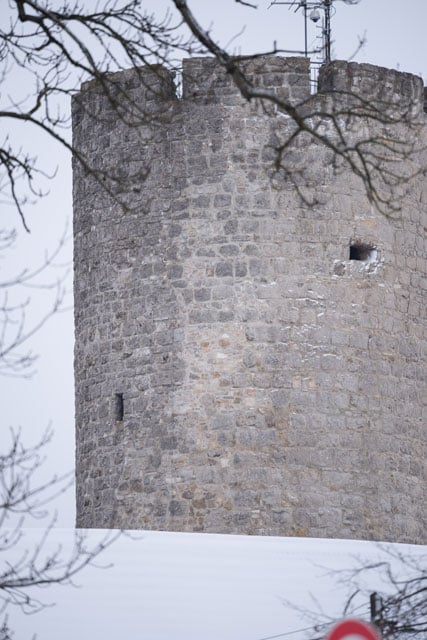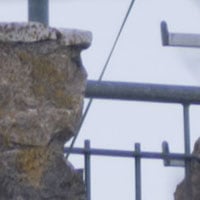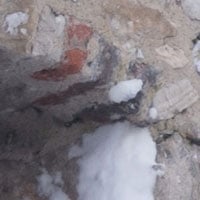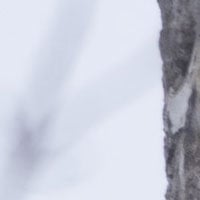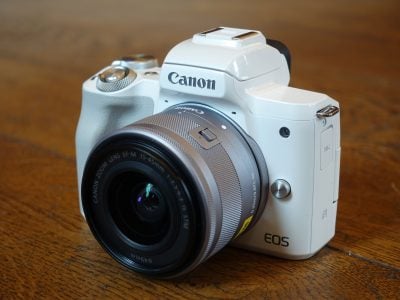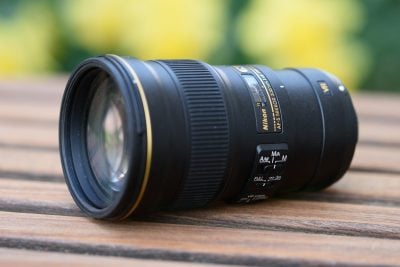Nikon 300mm f4E VR review
-
-
Written by Thomas
Samples
The following images were taken with a final production Nikon AF-S 300mm f4E PF ED VR mounted on a D810 body. Each image was recorded in RAW and converted with Lightroom 5.7 at Camera Standard settings. Noise-reduction was set to 0, sharpening to 35/0.5/36/10, and no extra tone, color, or saturation-adjustment was used.All of the images below are available to download in larger or their original formats for analysis. Click on the desired image to access the files at Flickr.The first shot should give you an impression of the bokeh that this lens can produce wide open. The 50% crops are from the foreground, the sharpest point, and the background in the overall image and demonstrate the rendering of out-of-focus elements at closer distances (approximately 3.3m). The second row of crops shows the results from the 300/4.0D which was shot from the same distance.Don’t be surprised that an f4.0 lens cannot produce such a smooth Bokeh as say a f2.8 or larger aperture lens at the same magnification. But you get clearly better results than a zoom which offers 300mm f5.6 on the long-end. Looking closer you can see that the background Bokeh of the new lens looks relatively smooth while the (less important) foreground shows some outlining which leads to a nervous rendering. The old 300/4.0D renders a smoother foreground Bokeh but shows a little nervousness in the background. Apart from differences in Bokeh you can also see in this shot that the old lens offers a bit larger magnification at this distance.
The next shot proves that specular highlights show little longitudinal CAs and that the foreground Bokeh is so-so while the background rendering is smooth.
The next image extends on the theme of background rendering, showing one of the figures that on many other lenses produce nasty greenish halos. As you can see here, there is zero loCA: very good! On the other hand there are some artefacts in the out-of-focus rendering: the middle crop shows the wing tips of the figure and they look like they fan out although in reality they have two well-defined pointed tips. And in the right crop you can catch the glimmer of a reflection from some gilded part of the figure that has an inner structure instead of a smooth blob.
Good edge definition against the clear blue sky:
Shot from around 15m the image shows how the lens reproduces finest details:
Another one with a duck but this time the image demonstrates the effect of the Phase Fresnel (PF) element. In the left and the right crop you see blueish halo with the red ring around it that is provoked by the glaring specular highlight on the water. The middle crop shows that not all bright highlights provoke this effect.
As Nikon knew that the PF-effect can be quite ugly their Capture NX-D software offers a switch to reduce the effect. Let’s see how it works:
Well, it desaturates some parts of the blue halo a bit, but to my eye the effect of this special feature is minimal. For comparison here a similar scene shot only a few minutes later with the old 300/4.0D:
In this case the old lens has a clear advantage: It renders the specular highlights with enough glare but without the ugly blue and red halos. The next image was shot from over 30m distance ( magnification of 1:100) and you can see single hairs. Fantastic!
The next image shows how much a little shake can ruin optimal sharpness: The girl was standing still for the shot, focus was perfect, but the shutter was at 1/200 sec, the lens hand-held and VR=ON. The combination of shutter-speed below 1/320 sec and VR=ON is the danger-zone of this lens as proven by many other test-shots. A pity!
Another shot from the danger-zone of 1/200 sec hand-held + VR: Again, look around and you’ll find it hard to pin-point a really sharp area although it’s better than in the image before. The best I could find is the crop in the middle:
The next image demonstrates the rendering of specular highlights in the background. The Bokeh is pretty smooth although in the upper crop (shown at 50%) the left-most highlight shows some internal structure:
Next up is a comparison of both the new 300/4.0E VR and the 300/4.0D at closer distances. First from around 3m:
Looking at the 100% crops one can see little difference between the new lens above and the old lens below:
In the following shots I went to the minimum focus distance of about 1.5m with a magnification a bit larger than 1:4:
And in comparison the same shot with the 300/4.0D from the same distance. The 300/4.0D profits from its larger magnification here as the background blobs are visibly larger:
The next shot demonstrates how the new lens handles extreme contrasts. The blacks are well below 1% and the highlights blown out. But the lens doesn’t bleed light into dark areas nor does it produce purple fringing in blown-out highlights here.
See all the fine details on this sculpture:
A shot from 80m distance with both lenses new and old show again how very similar their rendering in the plane of sharpest focus is, with a slight advantage for the new lens. More differences can be seen in the unsharp background: The new lens renders out-of-focus light sources somewhat scattered and the text on the sign illegible. The old lens gives the lights a sickle- or coma-like appearance and you can still read/guess the text “Die Pegnitz”. I placed my elbows on a railing when I shot this photo hand-held with VR=ON at 1/100 sec.
The wire mesh is necessary to keep the pigeons away. But it is also a nice subject to judge sharpness:
Another proof that this lens resolves very fine details – and that the depth of field even at 4.5m (1:15 magnification) is very thin at f4.0:
Well-defined contours against the bright sky and pretty smooth rendering of out-of-focus twigs in the foreground:
| |||||||||||||||||||||||||||||||||||||||||||||||||||||||||||||||||||||||||||||||||||||||||||||||||||||||||||||||||||||||||||||||||||||||||||||||||||||||||||||||||||||||||||||||||||||||||||||||||||||||||||||||||||||||||||||||||||||||||||||||||||||||||||||||||||||||||||||||||||||||||||||||||||||||||||||||||||||||||||||||||||||||||||||||||||||||||||||||||||||||||||||||||||||||||||||||||||||||||||||||||||||||||||||||||||||||||||||||||||||||||||||||||||||||||||||||||||||||||||||||||||||||||||||||||||||||||||||||||||||||||||||
